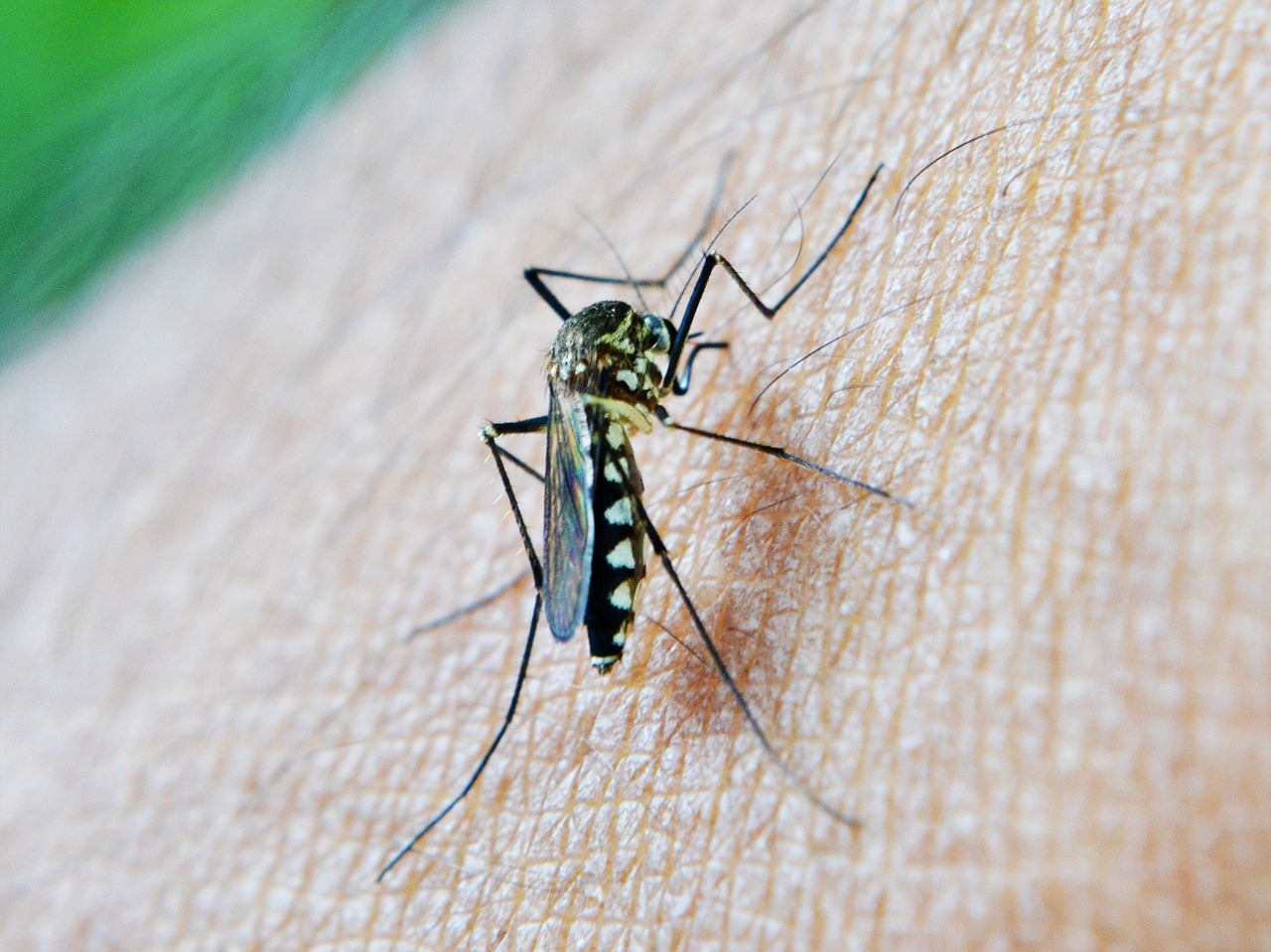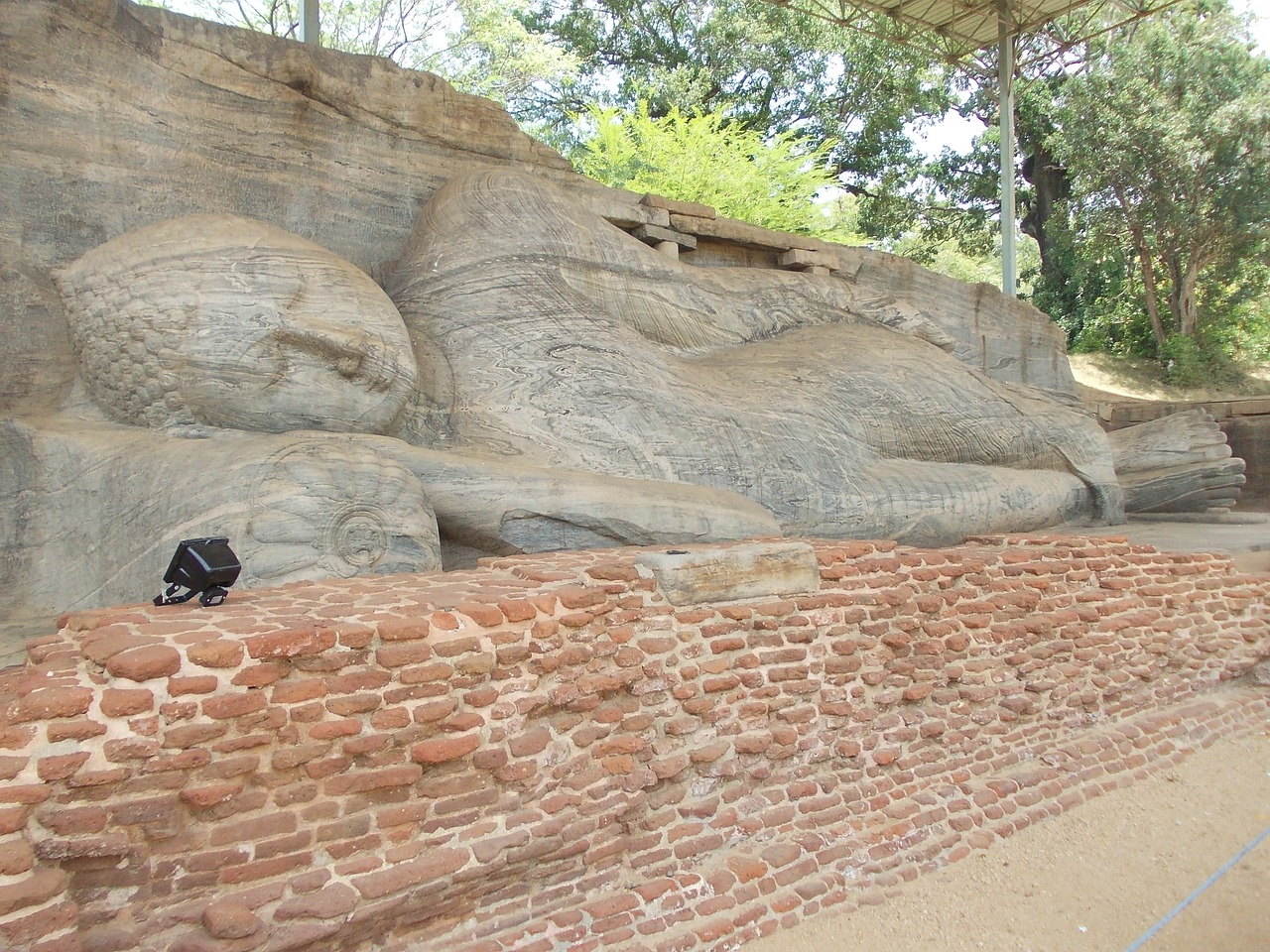Sri Lanka Video
Weathering Sri Lanka: Seasonal Changes and What to Expect
Sri Lanka, located in the Indian Ocean, experiences a tropical monsoon climate influenced by the country’s proximity to the equator. The weather in Sri Lanka is characterized by distinct seasonal changes that bring varying levels of rainfall and temperature fluctuations throughout the year. Understanding the different seasons and their associated weather patterns is essential for planning a trip to this beautiful island nation. In this article, we will explore the seasonal changes in Sri Lanka and what to expect during each period.
Monsoon Season
The monsoon season in Sri Lanka typically occurs from May to September on the southwestern coast and from November to February on the northeastern coast. During this period, the country experiences heavy rainfall and strong winds. The southwest monsoon, known as the Yala Monsoon, brings rain to the southwestern regions, including Colombo, Galle, and Kandy. The northeastern monsoon, known as the Maha Monsoon, affects the northeastern regions, including Trincomalee and Batticaloa.
- Yala Monsoon: The Yala Monsoon brings heavy rain to the southwestern regions, causing lush green landscapes and vibrant vegetation. It is a great time to explore the rainforests and enjoy the natural beauty of Sri Lanka. However, be prepared for occasional showers and plan indoor activities accordingly.
- Maha Monsoon: The Maha Monsoon brings rain to the northeastern regions, creating a cooler and wetter climate. This period is ideal for visiting areas like Trincomalee, where you can enjoy water sports and witness the beauty of the untouched beaches. However, some tourist activities may be limited due to the weather conditions.
Dry Season
The dry season in Sri Lanka occurs from December to March in the southwestern regions and from May to September in the northeastern regions. During this period, the country experiences minimal rainfall and warm temperatures, making it an ideal time for outdoor activities and beach vacations.
- Southwestern Dry Season: The southwestern dry season is perfect for exploring popular tourist destinations such as Colombo, Galle, and Bentota. The weather is sunny, and the sea is calm, making it ideal for water sports, snorkeling, and diving. It is also a great time to visit cultural sites and embark on wildlife safaris in national parks.
- Northeastern Dry Season: The northeastern dry season is ideal for visiting destinations like Trincomalee and Arugam Bay. The weather is warm and dry, creating perfect conditions for beach activities and surfing. It is also a great time to explore the ancient ruins in Polonnaruwa and Anuradhapura.
Intermonsoonal Periods
The intermonsoonal periods occur between the monsoon seasons and are characterized by unpredictable weather patterns. These transitional periods, occurring from March to April and October to November, can bring occasional rainfall and thunderstorms. It is advisable to check the weather forecast and plan outdoor activities accordingly during these periods.
- March to April: This period marks the transition from the southwestern dry season to the southwest monsoon. The weather can be unpredictable, with occasional showers and thunderstorms. However, it is also an excellent time to witness the blooming of flowers and enjoy the lush green landscapes.
- October to November: During this period, Sri Lanka transitions from the northeastern dry season to the northeast monsoon. The weather can be unpredictable, with intermittent rain showers. However, it is a great time to visit cultural sites and witness the traditional festivals celebrated during this time.
Sri Lanka Image 1:

Shoulder Seasons
The shoulder seasons, which are the periods between the monsoons and the dry seasons, offer a balance between rainfall and sunshine. These seasons, occurring from March to May and September to November, provide pleasant weather conditions for exploring various parts of Sri Lanka.
- March to May: This period offers a mix of sunny days and occasional showers. The landscapes are lush and vibrant, making it an ideal time to visit the hill country and enjoy activities like hiking and tea plantation tours.
- September to November: During this period, the weather gradually transitions from the southwest monsoon to the northeastern monsoon. The humidity levels increase, and occasional showers can be expected. It is a great time to explore cultural sites, witness traditional festivities, and enjoy lower tourist crowds.
Sri Lanka Image 2:

Conclusion
Sri Lanka experiences distinct seasonal changes throughout the year, each offering unique experiences for travelers. Whether you prefer the lush green landscapes of the monsoon season or the sunny beaches of the dry season, there is something for everyone in this tropical paradise. It is essential to consider the weather patterns and plan your visit accordingly to make the most of your time in Sri Lanka.
Sri Lanka Image 3:

References
- meteo.gov.lk
- srilanka.travel
- lonelyplanet.com
- weather.com


